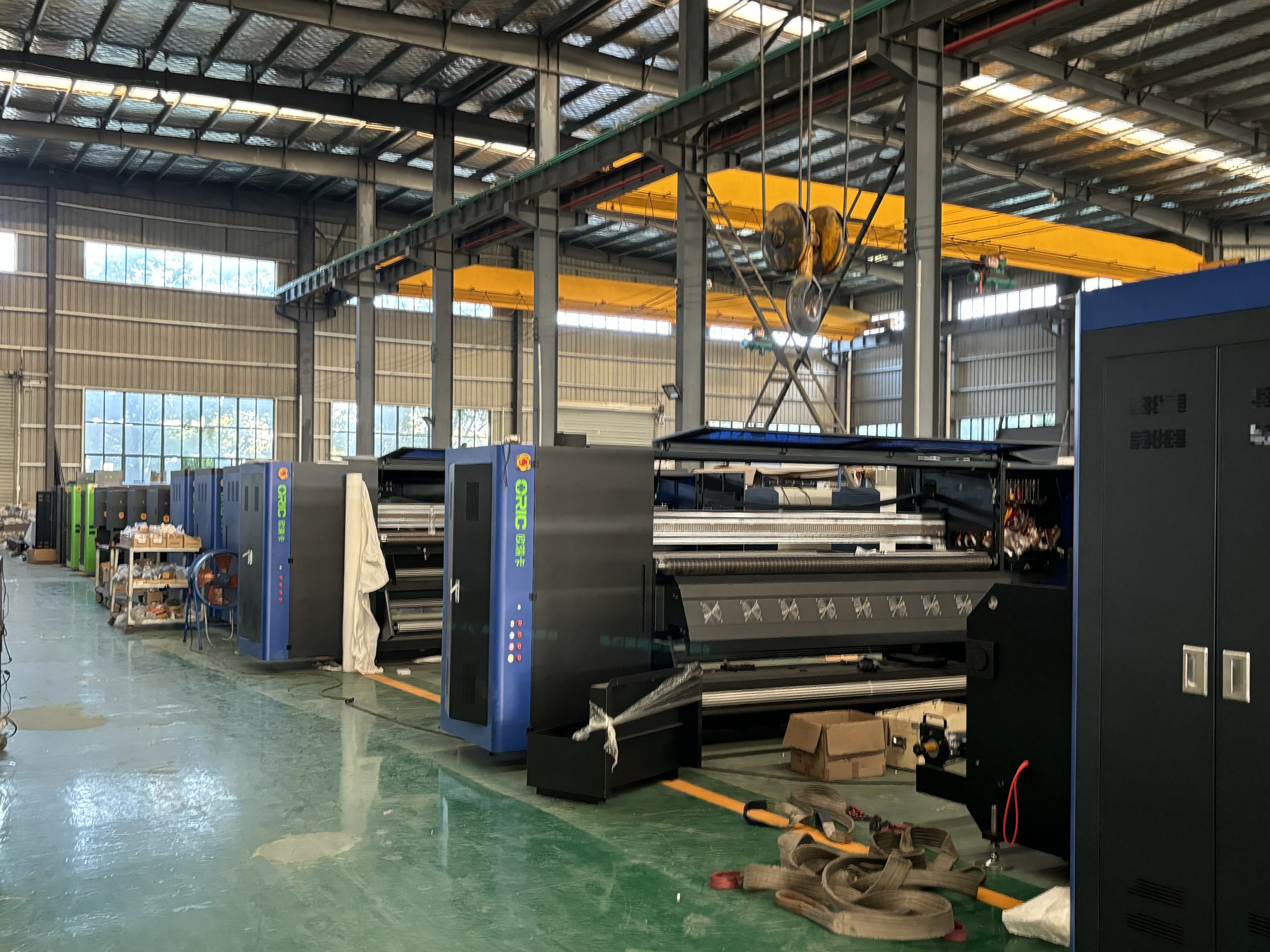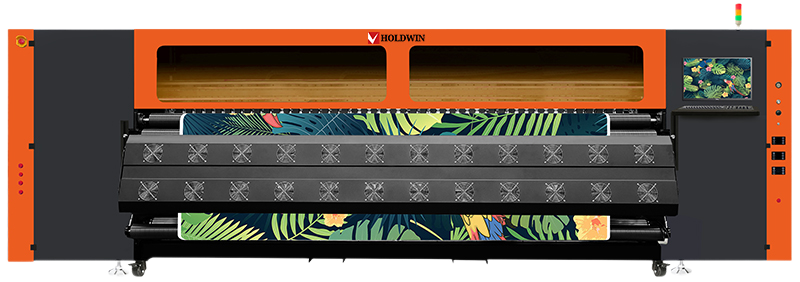
The textile printing industry has undergone a revolutionary transformation with the advent of digital printing technologies. A key enabler of this transformation is the development of intelligent control systems that have significantly enhanced the efficiency, precision, and versatility of digital printing machines. These advanced systems are not just about automation; they represent the integration of cutting-edge technologies such as artificial intelligence (AI), machine learning, and real-time data analytics to optimize every aspect of the printing process.
For textile manufacturers, fashion designers, and digital printing equipment buyers, understanding how intelligent control systems function is critical to leveraging their full potential. This article explores the role of intelligent control systems in digital textile printing, the benefits they offer, and the impact they have on the industry’s future. It also highlights how HOLDWIN, a global leader in the field, is integrating these systems into its product lineup, enabling faster, more customized solutions for its clients.
Intelligent control systems in digital textile printing encompass a range of technologies that work together to streamline and enhance the printing process. These systems combine sensors, software, and sophisticated algorithms to monitor and adjust various parameters during printing, ensuring that each print is accurate and consistent.

The integration of intelligent control systems into digital textile printing offers a multitude of benefits for manufacturers and designers alike. These benefits go beyond just efficiency and productivity, touching on quality control, customization, and environmental sustainability.
Intelligent control systems significantly reduce manual intervention by automating many of the complex tasks involved in textile printing. This leads to faster setup times, fewer errors, and a smoother workflow. As a result, businesses can produce more in less time, with higher output quality.
Consistency in quality is paramount in digital textile printing, particularly for high-end fashion items or mass-produced textiles. Intelligent systems ensure that each print is consistent in terms of color, texture, and detail. They can automatically correct minor imperfections, ensuring that every product meets the highest standards.
In the world of fashion and textiles, customization is a growing trend. Intelligent control systems allow manufacturers to quickly adapt to new designs, patterns, and color schemes. Whether producing a small batch of custom garments or a large order of scarves with unique prints, these systems provide the flexibility required to meet customer needs with speed and precision.
One of the most compelling advantages of intelligent control systems is their ability to minimize waste. By optimizing ink usage, adjusting print parameters, and fine-tuning the process based on real-time data, the system reduces overuse of materials. This leads to lower waste generation, contributing to more sustainable production practices.
At HOLDWIN, we are committed to staying at the forefront of innovation in digital textile printing. Our focus on integrating intelligent control systems into our machines has enabled us to offer solutions that are not only faster and more efficient but also smarter and more adaptable. We leverage real-time data, AI-driven color management, and predictive maintenance algorithms to create a seamless printing experience for our clients.
We aim to be a world-renowned brand, offering textile manufacturers, fashion designers, and businesses cutting-edge technologies that empower them to succeed in a rapidly evolving market. Our intelligent control systems represent the future of digital textile printing, allowing our clients to stay competitive by improving quality, reducing operational costs, and increasing their capacity for customization.
Whether you’re a small boutique looking for short-run printing or a large-scale textile manufacturer, HOLDWIN offers tailored solutions that meet your specific needs. Our intelligent control systems are adaptable to various materials, inks, and print designs, making them ideal for a wide range of applications, from clothing to home décor.

The textile industry, like many others, is increasingly embracing automation and smart technologies. Intelligent control systems are a key part of this trend, as they allow manufacturers to enhance production efficiency, reduce errors, and achieve unprecedented levels of customization.
Recent advancements in AI and machine learning have made it possible for digital printing systems to analyze large amounts of data in real-time, enabling printers to adapt to changing conditions dynamically. This is particularly valuable in a market where demand for fast fashion and personalized designs is on the rise.

“Since integrating HOLDWIN’s intelligent control systems into our printing process, we’ve seen a dramatic improvement in both efficiency and quality. The real-time monitoring and predictive maintenance have minimized downtime, while the automated color calibration ensures that our designs are always perfect, no matter the fabric. HOLDWIN has truly revolutionized the way we approach digital printing.”
Intelligent control systems are transforming the digital textile printing industry, offering benefits that range from improved productivity and quality control to enhanced sustainability and customization. At HOLDWIN, we are dedicated to integrating the latest intelligent technologies into our printing solutions, helping our clients stay ahead in an ever-evolving market. By embracing these advancements, manufacturers and designers can achieve new levels of precision, speed, and adaptability, ultimately driving the future of textile printing.
For those looking to stay competitive in the digital textile printing landscape, investing in intelligent control systems is not just an option—it’s a necessity.
References

Zhiyu is passionate about good products, good services, and good prices to let consumers know that choosing us is the right choice! For partners and end customers, we will provide one-on-one considerate smart services and provide you with more high-quality procurement solutions.